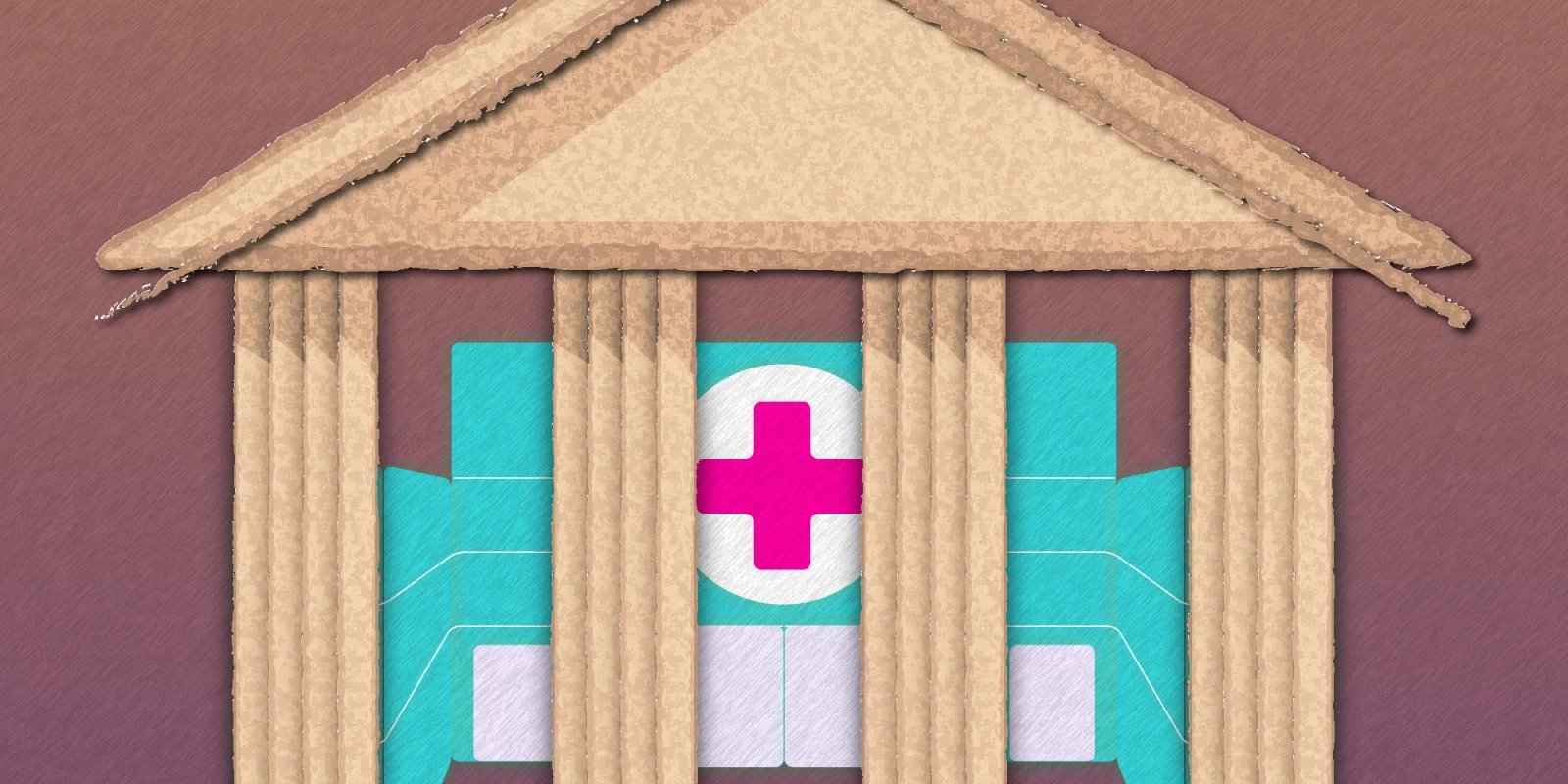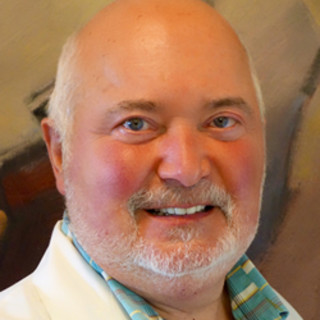 My wife Celia and I recently visited our children and grandchildren for the Christmas break in Atlanta. Who would have imagined that our Christmas “break” would indeed become a real break, in other words, a fracture? Thus began this comedy of errors.
My wife Celia and I recently visited our children and grandchildren for the Christmas break in Atlanta. Who would have imagined that our Christmas “break” would indeed become a real break, in other words, a fracture? Thus began this comedy of errors.
It was a dark and rainy night when my family ran out of the house and across the street to reenact our classic Griswoldian moment — admiring my daughter-in-law’s splendid display of Christmas lighting. The charming (pre-building code), 100-year-old home, with no exterior stair railing, and the 71-year-old former PA had a brief argument — with the PA losing — as he fell nine feet on outstretched hands, ending with a five-point landing on his forehead and face!
As I lay on the ground, I felt wetness on my forehead and thought of my Eliquis therapy but was pleasantly surprised that it was just the rain-soaked cement. After two minutes of lying in the dark (no one knew that I fallen), I called out to Celia with those timeless words “I’ve fallen and I can’t get up.” With my Apple watch beeping a message about a fall, my son heard my calls and came to my rescue with his wife. They were able to get me into a standing position, but my comedy of errors had just begun…
My son Matt has a BSN degree so I asked him to perform a neuro exam to help me decide whether or not to head to an ED. His neuro exam was negative, though he suggested that I may have broken my wrist and noticed a black eye, multiple extremity abrasions in addition to pain that I was experiencing in my hip. Alas, this stubborn PA decided he would visit urgent care “in the morning,” a decision that was not a consensus with the rest of the family. My wife diligently applied ice to my wrist every 15 minutes and to my forehead until I asked her to discontinue as there was no apparent hematoma. The next morning arrived and mercifully I had had no large brain bleed, so off we went to the urgent care clinic. After providing a complete medical history, including medications, I entered the inner sanctum and was seen by a physician who briefly manipulated my hand and sent me for an X-ray. The medical assistant, doing double duty as the X-ray tech, returned to my room to report that the X-ray machine (as one might have expected in this comedy of errors) was not working that morning.
I returned to the treatment room and mentioned to the doc that I had a tender anatomical snuffbox. He acquiesced to giving me a wrist splint; not ideal, but better than nothing. He did no further exam and I did not want to point out the other injuries — though he had read the chart. He sent me on my merry way. I returned home December 30th and went to an orthopedic group on the 31st. The comedy continues...
Given that it was New Year’s Eve, I was greeted by a young orthopedist (it seems that the newest practitioners are always those on-call on holidays). He told me that he didn’t know much about hands as he was a “spine surgeon.” He could just as easily have told me that he was a zoologist; I suggested that perhaps he look at the scaphoid as I thought it was a navicular fracture. He agreed that it looked abnormal and placed me in a thumb spica soft splint. A CT scan was scheduled in two days and I was to see the hand surgeon in six days. My wife asked him about my head and he told her not to be concerned, explaining that had I suffered any brain trauma I would have been dead by now. Comforting words. Ultimately the CT scan was positive and a hand orthopedist prescribed a pretty, purple, hard thumb spica cast.
The question I pose is: What was wrong with this treatment?” Margaret Thatcher once said that “standing in the middle of the road is very dangerous. You get knocked down by the traffic from both sides.” Of course, I should have gone to the ED. But that faulty decision was made by the patient in this comedy, not the practitioners who subsequently evaluated me. Had I been the professional tasked with my care, my first goal would have been to perform the necessary exams immediately, which could prevent a misdiagnosis, failure to treat, and obvious malpractice. We should never be too busy to follow the proper sequence of protocols and treatments for comprehensive care. Less than thorough analysis or a lax approach to procedures can lead to mediocre care which is death to any medical practice. Head injury from a nine-foot fall is clear reason for a CT scan but even more so for a patient on anticoagulants.
Additionally, after a thorough clinical neuro exam, examination of all the areas of bruising, examination of the hand for ROM, tenderness, crepitus, snuffbox tenderness, finger touching, strength and the ability to touch the thumb to the fifth finger, a thorough hip and knee exam as well as examination of the back, I would definitely order a number of tests. CT of the head, radiographs of the hip and hand with navicular view, and any other suspicious extremity. After reading the radiographs, I would decide on referrals and, in this case, refer to orthopedics after I place the patient in a thumb spica splint. It takes about three to five years to become really good at these exams and to build a practice and reputation. But it takes only about five minutes to illustrate ignorance, laziness, and the shortcuts which define mediocrity. Our medical careers depend on excellence and our vigilant, unerring attention to detail.
Long days addressing multi-system trauma in an ED, urgent care clinic, or a busy family practice are all realities which can conjure nightmares of a process server walking into our professional lives. None of us want to be named in litigation, nor do any of us wish to injure a patient. But failure to perform the appropriate exams, order the proper radiographs or prescribe the correct medications might someday catch up with us. Are we prepared for that prospect? If not, what can we do to sleep peacefully through such potential nightmares? The answer is to be properly insured against the outcomes of poor medical treatment and to know unequivocally that we are protected by our own personal liability insurance.
Illustration by April Brust







